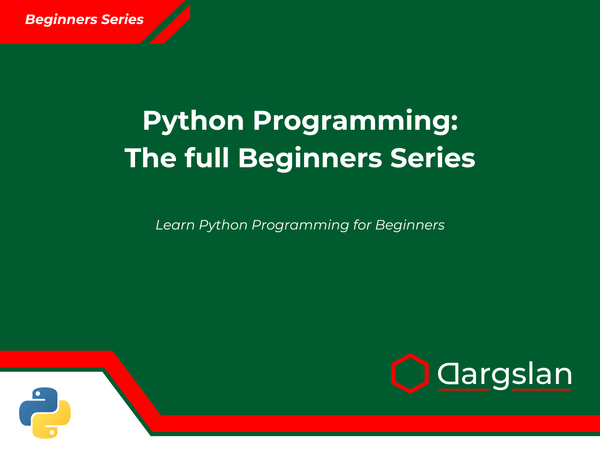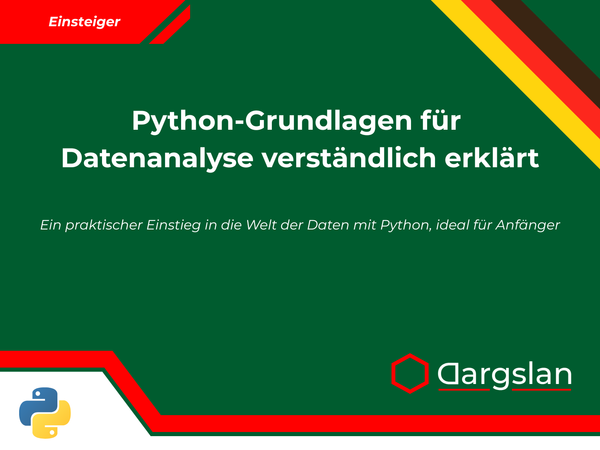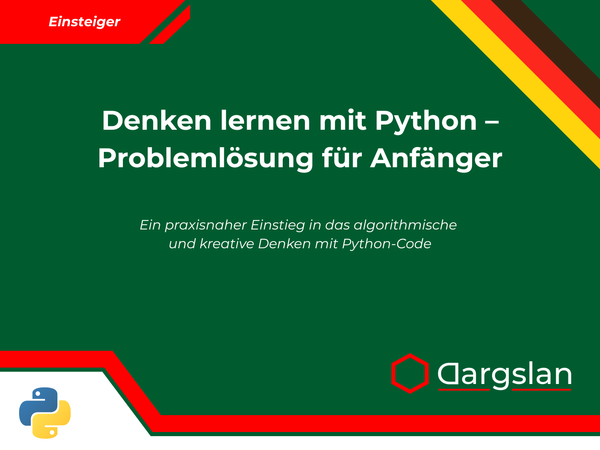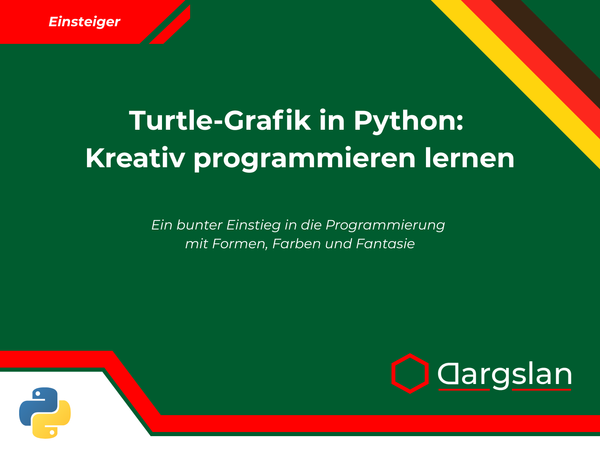Book Review: First Steps with Python Classes and Objects
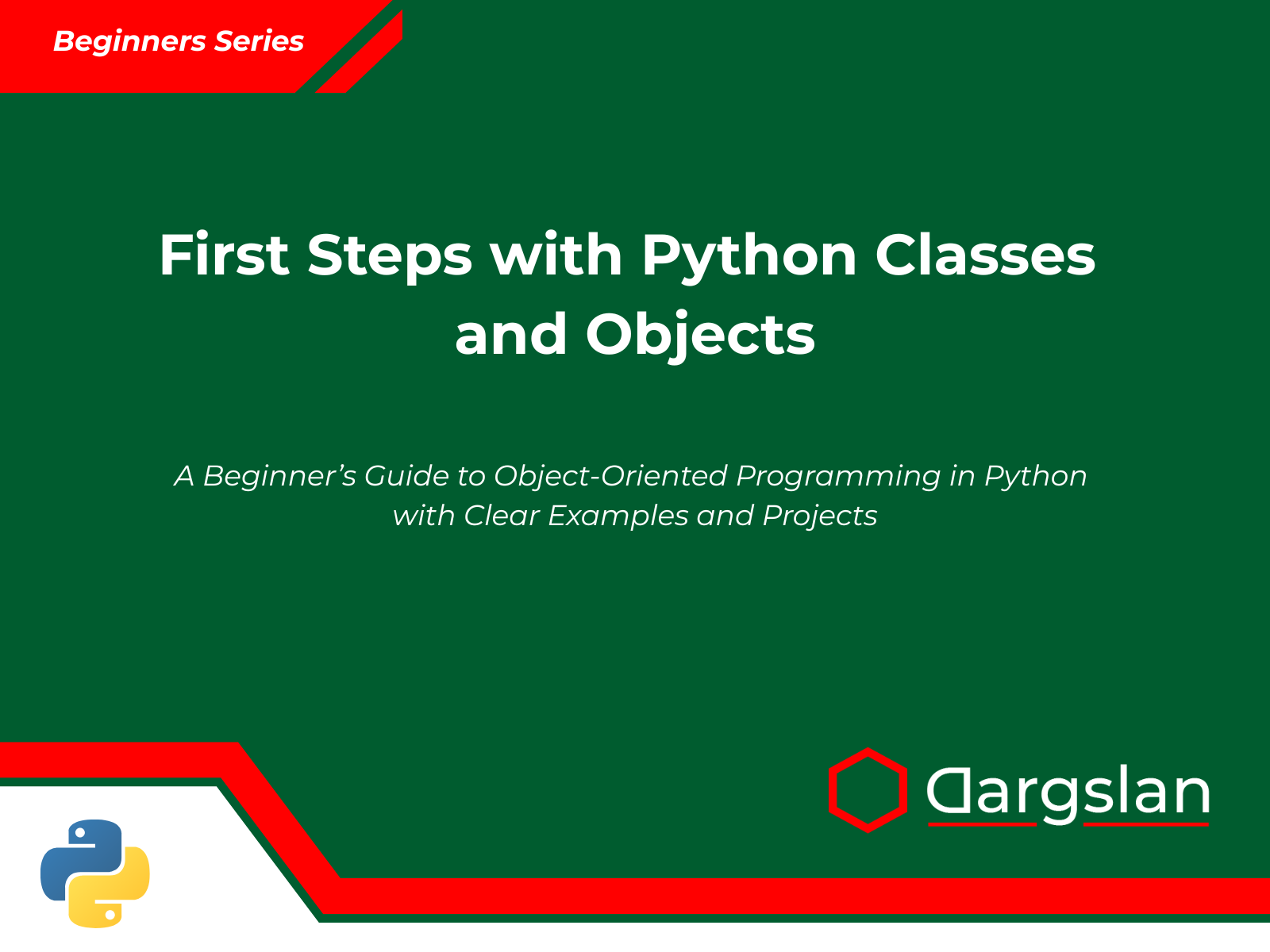
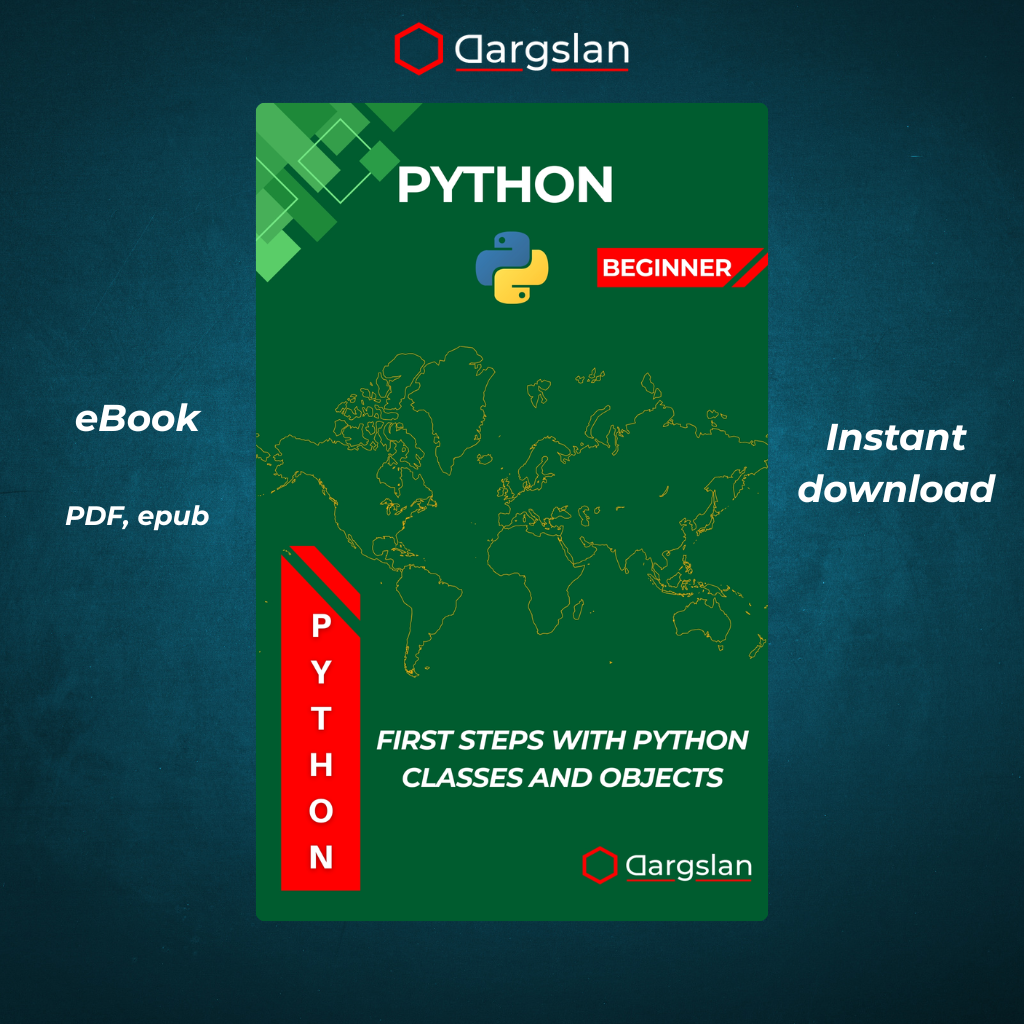
First Steps with Python Classes and Objects
A Beginner’s Guide to Object-Oriented Programming in Python with Clear Examples and Projects
First Steps with Python Classes and Objects: A Comprehensive Book Review
Introduction: Unlocking the World of Object-Oriented Programming in Python
In the vast landscape of programming languages, Python has emerged as a powerhouse for beginners and professionals alike. Its readability, versatility, and robust ecosystem make it an excellent choice for those starting their coding journey. However, as programmers progress beyond basic syntax, they inevitably encounter object-oriented programming (OOP) – a paradigm that often presents a significant learning curve for newcomers.
Enter "First Steps with Python Classes and Objects," authored by Dargslan, a meticulously crafted guide designed specifically to bridge this knowledge gap. This book takes readers on a thoughtful journey through the fundamental concepts of object-oriented programming in Python, transforming potentially complex ideas into digestible, practical knowledge.
Who Should Read This Book?
This book serves as an invaluable resource for:
- Python beginners who have grasped basic syntax and are ready to level up
- Self-taught programmers looking to fill gaps in their OOP understanding
- Students enrolled in introductory programming courses
- Experienced programmers from other languages transitioning to Python
- Educators seeking clear examples to illustrate OOP concepts
- Hobbyists wanting to enhance their Python projects with OOP techniques
The beauty of this book lies in its accessibility – readers need only a basic understanding of Python syntax to begin their journey into the world of classes and objects.
Key Features That Set This Book Apart
1. Progressive Learning Path
Unlike many programming books that dump complex concepts on readers all at once, "First Steps with Python Classes and Objects" employs a carefully structured progression. Each chapter builds naturally upon previous knowledge, allowing readers to develop a comprehensive understanding without feeling overwhelmed.
2. Practical, Real-World Examples
Theory alone rarely leads to mastery. This book excels in providing relevant, real-world examples that demonstrate how OOP concepts solve actual programming challenges. By connecting abstract principles to concrete applications, readers gain not just knowledge but applicable skills.
3. Hands-On Mini Projects
Chapter 10 stands out by offering complete mini-projects that integrate all the concepts learned throughout the book. These projects serve as both practice opportunities and portfolio pieces, allowing readers to cement their understanding through implementation.
4. Supplementary Learning Materials
The four appendices provide invaluable reference materials that readers will likely revisit long after finishing the main content:
- A quick syntax reference for immediate help with common class-related code
- Plain-language explanations of OOP terminology
- Common pitfalls to avoid (saving countless hours of debugging)
- Practice exercises with complete solutions for self-assessment
Chapter-by-Chapter Exploration
Chapter 1: What Are Classes and Objects?
The journey begins with a fundamental question: what exactly are classes and objects, and why do they matter? This chapter lays the conceptual groundwork by:
- Explaining the difference between procedural and object-oriented programming
- Introducing the concept of objects as representations of real-world entities
- Demonstrating how classes serve as blueprints for creating objects
- Illustrating the benefits of thinking in terms of objects and their interactions
The author uses relatable analogies (like cookie cutters and cookies) to make these abstract concepts tangible for beginners. Code examples start simple but effectively demonstrate how OOP helps organize code in a more intuitive way.
Key Quote: "Classes and objects aren't just programming constructs—they're powerful tools for modeling the world in your code. They allow you to think about problems the way humans naturally do: in terms of things and their behaviors."
Chapter 2: Creating Your First Class
With the conceptual foundation established, Chapter 2 guides readers through the practical process of defining and using classes:
- The syntax and structure of a basic Python class
- Creating class instances (objects)
- Understanding the relationship between a class and its instances
- Basic naming conventions and best practices
The author introduces a simple yet illustrative example of a Book class, showing how multiple book objects can be created from a single class definition. This tangible example helps solidify the class-object relationship for readers.
Code Highlight:
class Book:
def __init__(self, title, author, pages):
self.title = title
self.author = author
self.pages = pages
# Creating book objects
book1 = Book("Python Crash Course", "Eric Matthes", 544)
book2 = Book("Automate the Boring Stuff", "Al Sweigart", 592)
Chapter 3: Working with Attributes
This chapter delves deeper into object attributes – the data associated with objects:
- Defining and accessing attributes
- The difference between public and private attributes
- Direct attribute access versus getter/setter methods
- Best practices for attribute naming and management
Practical examples show how attributes store the state of an object and how they can be manipulated. The author clearly explains when to use different attribute access patterns, setting readers up for more advanced concepts in later chapters.
Chapter 4: Adding Behavior with Methods
While attributes represent what an object "knows" or "has," methods define what an object "does." Chapter 4 explores:
- Defining methods within classes
- The difference between functions and methods
- Using methods to interact with object attributes
- Creating intuitive interfaces for object interaction
A key strength of this chapter is how it demonstrates method implementation through practical examples, such as a BankAccount class with methods for deposits, withdrawals, and balance checking – operations that readers can easily relate to.
Chapter 5: Understanding self
The self parameter is often a stumbling block for Python beginners. This dedicated chapter clarifies:
- The purpose and importance of
self - How Python passes the instance as the first argument to methods
- Common mistakes when using
self - Tracing the execution flow through method calls
Through clear diagrams and step-by-step explanations, the author demystifies this crucial concept, helping readers avoid common pitfalls that lead to frustrating bugs.
Chapter 6: Class vs Instance Attributes
Building on previous knowledge, this chapter distinguishes between:
- Attributes that belong to individual objects (instance attributes)
- Attributes shared among all instances of a class (class attributes)
- When to use each type of attribute
- Potential issues with mutable class attributes
The author provides compelling use cases for class attributes, such as tracking the number of instances created or defining constants that apply to all objects of a class.
Code Insight:
class Student:
school_name = "Python Academy" # Class attribute
student_count = 0 # Class attribute to track instances
def __init__(self, name, grade):
self.name = name # Instance attribute
self.grade = grade # Instance attribute
Student.student_count += 1 # Updating the counter
Chapter 7: Encapsulation and Access Control
This chapter introduces one of the fundamental principles of OOP:
- The concept of encapsulation and why it matters
- Python's approach to access control (naming conventions vs strict enforcement)
- Implementing private attributes with name mangling (
__attribute) - Creating property decorators for controlled attribute access
The author takes a balanced approach, acknowledging Python's "we're all adults here" philosophy while still emphasizing the importance of encapsulation for creating robust, maintainable code.
Chapter 8: Inheritance and Reusability
Inheritance – a powerful mechanism for code reuse – takes center stage in this chapter:
- Creating parent (base) and child (derived) classes
- Method overriding and extension
- The use of
super()to access parent class methods - Multiple inheritance and the method resolution order (MRO)
Through a well-designed hierarchy of related classes (e.g., different types of vehicles or shapes), readers learn how inheritance promotes code reusability while maintaining logical object relationships.
Chapter 9: Special Methods (__str__, __len__, etc.)
Python's special methods (also called dunder methods) allow classes to implement standard behavior and integrate with Python's built-in functions:
- Customizing string representation with
__str__and__repr__ - Implementing container behavior with
__len__,__getitem__, etc. - Enabling mathematical operations with operator overloading
- Making objects comparable with
__eq__,__lt__, etc.
This chapter showcases how special methods make custom objects behave like Python's built-in types, resulting in more intuitive and powerful classes.
Chapter 10: Mini Projects with Classes
The final chapter brings everything together through complete, practical projects:
- A simple inventory management system
- A text-based adventure game with character classes
- A custom data structure implementation
- A simulation of a real-world system (e.g., traffic flow or ecosystem)
Each project includes full code listings, explanations of design decisions, and suggestions for extensions, allowing readers to apply their knowledge in meaningful contexts.
The Appendices: Reference and Reinforcement
Appendix A: Quick Syntax Reference for Classes
This appendix serves as a cheat sheet for common class-related syntax, covering:
- Class definition syntax
- Constructor and method definitions
- Inheritance syntax
- Property decorators
- Name mangling for private attributes
The concise format makes it perfect for quick reference during coding sessions.
Appendix B: Common OOP Terms Explained Simply
Object-oriented programming comes with its own vocabulary, which can be intimidating. This appendix breaks down terms like:
- Polymorphism
- Abstraction
- Composition
- Interface
- Coupling and cohesion
Each term is explained in plain language with Python-specific examples, helping readers communicate effectively about OOP concepts.
Appendix C: Beginner Mistakes to Avoid
Learning from others' mistakes accelerates the learning process. This appendix highlights common pitfalls:
- Forgetting to use
selfin method definitions - Confusing instance and class attributes
- Improper inheritance relationships
- Overusing inheritance when composition would be more appropriate
- Failing to follow naming conventions
Each mistake is accompanied by incorrect and corrected code examples, helping readers recognize and fix these issues in their own work.
Appendix D: Practice Exercises with Solutions
The final appendix provides structured practice opportunities with:
- Multiple exercises for each chapter concept
- Graduated difficulty levels
- Complete solutions with explanations
- Suggestions for variations to try independently
These exercises reinforce learning and build confidence through successful implementation.
Learning Approach and Pedagogy
A standout feature of "First Steps with Python Classes and Objects" is its teaching methodology. The author employs several effective pedagogical approaches:
Concrete-to-Abstract Progression
Rather than starting with abstract OOP theory, concepts are introduced through concrete examples that readers can relate to. This approach makes the material more accessible and memorable.
Scaffolded Learning
New concepts are carefully layered on previous knowledge, with appropriate review and reinforcement at each stage.
Visual Learning Support
Complex relationships and processes are illustrated through diagrams and visual representations, catering to visual learners and clarifying abstract concepts.
Narrative Continuity
Examples often follow continuous narratives (e.g., developing a library system across multiple chapters), allowing readers to see how different OOP concepts integrate in a cohesive application.
Technical Implementation
The code examples throughout the book follow best practices for Python development:
- PEP 8 compliance for consistent, readable code
- Comprehensive docstrings demonstrating proper documentation
- Type hints to illustrate modern Python coding practices
- Clear variable and function naming
- Appropriate error handling
This attention to detail ensures readers not only learn OOP concepts but also develop good coding habits from the beginning.
Practical Applications Emphasized
Throughout the book, the author connects OOP concepts to their practical applications:
- How classes support the development of larger applications
- When OOP is appropriate (and when it might be overkill)
- Real-world systems that benefit from object-oriented design
- How popular Python libraries and frameworks use OOP
This practical focus helps readers understand not just how to use classes and objects, but why and when they should be used.
Comparison to Other Python OOP Resources
While many Python books touch on classes and objects, "First Steps with Python Classes and Objects" distinguishes itself through:
-
Dedicated Focus: Unlike general Python books that may devote only a chapter or two to OOP, this book provides comprehensive coverage specifically tailored to classes and objects.
-
Beginner Accessibility: Many OOP resources assume prior programming knowledge or dive too quickly into advanced concepts. This book genuinely starts from first principles.
-
Progressive Complexity: The learning curve is carefully managed, with each chapter building naturally on previous concepts rather than introducing too many new ideas simultaneously.
-
Practical Examples: The examples are both relatable and useful, avoiding the overly simplistic or purely academic examples found in some resources.
-
Complete Projects: The inclusion of complete mini-projects distinguishes this book from resources that offer only fragments of code or theoretical exercises.
Strengths and Potential Improvements
Strengths:
- Exceptionally clear explanations of complex concepts
- Logical progression from basic to advanced topics
- Practical, relevant examples that illustrate real-world applications
- Comprehensive coverage of Python's OOP features
- Valuable appendices that serve as ongoing references
- Attention to common pitfalls and misconceptions
Potential Improvements:
- More coverage of modern Python features like dataclasses could enhance the content
- Additional discussion of testing object-oriented code would be valuable
- More examples of OOP in the context of popular frameworks would help readers bridge to real-world applications
- An online repository for the book's code examples would facilitate experimentation
Conclusion: A Milestone on Your Python Journey
"First Steps with Python Classes and Objects" succeeds brilliantly in its mission to demystify object-oriented programming for Python beginners. By combining clear explanations, practical examples, and thoughtfully structured content, it transforms what could be an intimidating subject into an accessible, even enjoyable learning experience.
For anyone looking to progress beyond basic Python scripting to more sophisticated software design, this book represents not just a collection of techniques, but a fundamental shift in how to conceptualize programming problems. The skills and knowledge gained from this book will serve readers well whether they pursue web development, data science, automation, game development, or any other Python application area.
The author's passion for teaching and deep understanding of both Python and the learning process shine through on every page, making this book not just informative but genuinely inspiring for those taking their first steps into object-oriented programming.
Where to Find This Book
"First Steps with Python Classes and Objects" is available in both print and digital formats from major booksellers:
- Amazon (Kindle and paperback)
- O'Reilly Media
- Barnes & Noble
- Direct from the publisher's website
For students and educators, special pricing and licensing options are available for classroom use.
This review provides an in-depth look at "First Steps with Python Classes and Objects: A Beginner's Guide to Object-Oriented Programming in Python with Clear Examples and Projects" by Dargslan. Whether you're a complete beginner to programming or looking to strengthen your understanding of object-oriented principles in Python, this book offers a clear, structured path to mastery of this essential programming paradigm.
FAQ About the Book
Q: Do I need prior programming experience to benefit from this book?
A: While some basic familiarity with Python syntax (variables, functions, loops) is helpful, the book is designed to be accessible to relative beginners. Each concept is explained from first principles.
Q: Is this book suitable for self-study?
A: Absolutely. The progressive structure, clear explanations, and numerous exercises with solutions make it ideal for independent learners.
Q: How does this book compare to online tutorials about Python OOP?
A: Unlike fragmented online resources, this book provides a comprehensive, structured approach with consistent examples and pedagogy throughout. The content is carefully sequenced to build understanding progressively.
Q: Will this book help me with practical Python projects?
A: Yes. The book includes complete mini-projects and emphasizes practical applications of OOP concepts throughout. The skills learned are directly applicable to real-world Python development.
Q: Is the book up-to-date with modern Python practices?
A: The book covers Python 3.x features and follows current best practices for Python development, including appropriate use of type hints and modern syntax.
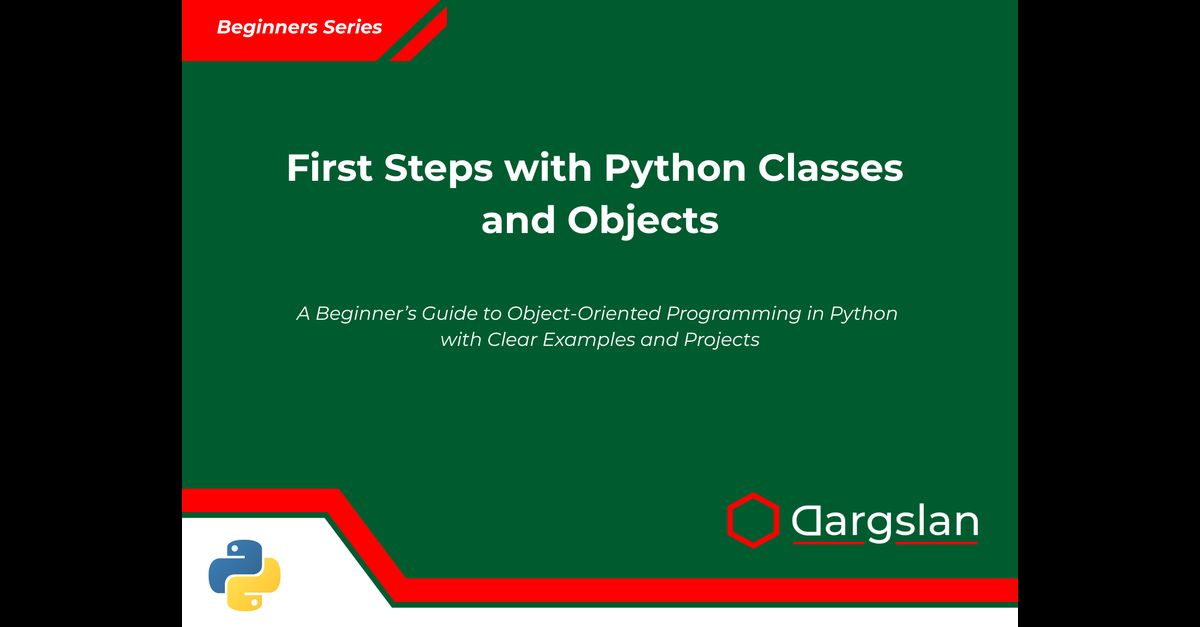
First Steps with Python Classes and Objects



